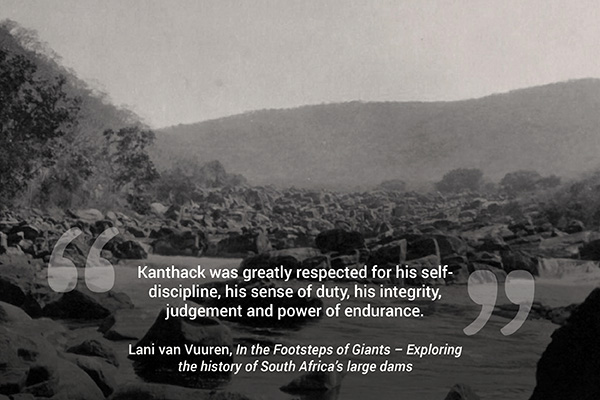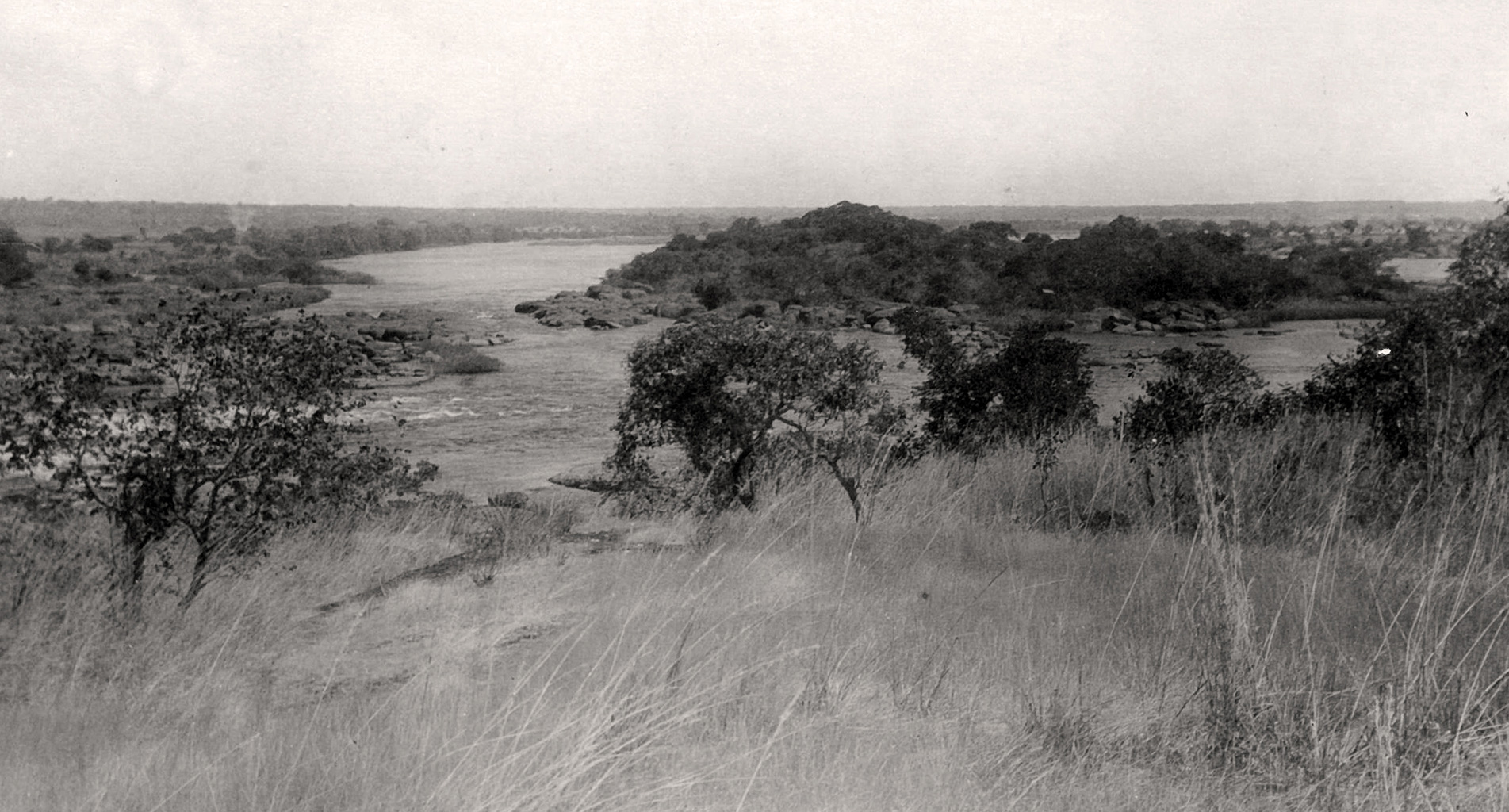
Road to 100: The Kanthack Years
On April 1, 1921, the roots of what we now know as Knight Piésold were planted by Dr. Francis Edgar Kanthack. At the age of 49, having already had a distinguished career in the service of three governments (British, Indian, and South African), Dr. Kanthack decided to set up as a consulting engineer, establishing F. E. Kanthack in Johannesburg, South Africa and operating as a sole practitioner.
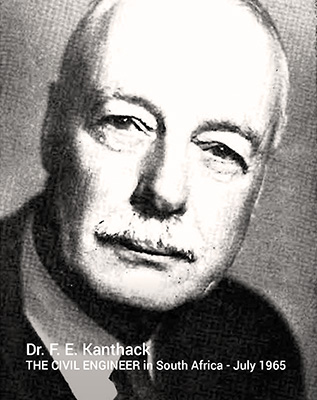 Dr. Kanthack was born in Liverpool, England and was educated at the Royal Indian Engineering College at Cooper’s Hill near London. He joined the Indian Public Works Department, stationed in the Punjab, and gained extensive irrigation experience working there for 11 years. In 1906, he was sent to the Cape Colony (now the Republic of South Africa) to advise the government on irrigation related matters. He was later appointed to Director of Irrigation for the Cape Colony and later the Union of South Africa, and played a prominent part in the drafting of the Irrigation Act of 1912. He was responsible for the inauguration of many irrigation schemes and, having travelled all over South Africa, had unrivalled knowledge of its water resources.
Dr. Kanthack was born in Liverpool, England and was educated at the Royal Indian Engineering College at Cooper’s Hill near London. He joined the Indian Public Works Department, stationed in the Punjab, and gained extensive irrigation experience working there for 11 years. In 1906, he was sent to the Cape Colony (now the Republic of South Africa) to advise the government on irrigation related matters. He was later appointed to Director of Irrigation for the Cape Colony and later the Union of South Africa, and played a prominent part in the drafting of the Irrigation Act of 1912. He was responsible for the inauguration of many irrigation schemes and, having travelled all over South Africa, had unrivalled knowledge of its water resources.
Dr. Kanthack’s report entitled “Water Power in the Union of South Africa” in 1920 was of significant importance, as it included the first comprehensive assessment of available water in South Africa and concluded with an analysis of practical water power schemes on 48 rivers.
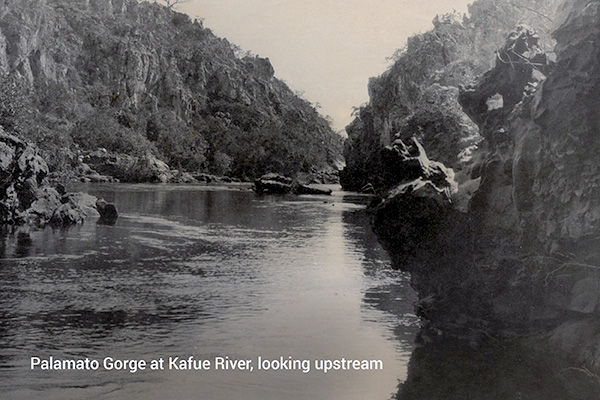
After founding the company, Dr. Kanthack’s interests widened and he became engaged on important work in the Union and in the Rhodesias. Early clients included the South African Railways and Harbours, the Victoria Falls and Transvaal Power Company, the Electricity Supply Commission (Escom now Eskom), the Anglo American Corporation, the Industrial Steel Corporation, various municipalities, and other industrial and mining companies.
The company officially entered the hydropower field in 1925 when Dr. Kanthack was approached by Sir Ernest Oppenheimer, a mining entrepreneur who controlled De Beers and founded the Anglo American Corporation of South Africa. Oppenheimer had recently assumed technical control of the Broken Hill mine in Northern Rhodesia, and he commissioned Dr. Kanthack to investigate the state of the Mulungushi hydroelectric scheme serving the mine.
“The rockfill dam, 160 ft high, which had been built in a narrow gorge of rather soft quartz-mica schist leaked extensively,” recalled T. C. (Tom) Watermeyer (who would later become a partner in the company). “Inadequate attention had been given to the possibility of major settlement in the rockfill and consequent damage to the waterproof lining which neither by design nor in material was suited to its purpose.”
Dr. Kanthack was given authority to institute any repairs he found necessary, and over a three-year period, he implemented a range of repairs that put Mulungushi on its feet, gained the trust of Oppenheimer, and propelled the company into the hydropower field.
He went on to investigate many other potential schemes for powering mines and a major scheme on the Lunsemfwa River, where work in the field began in 1930.
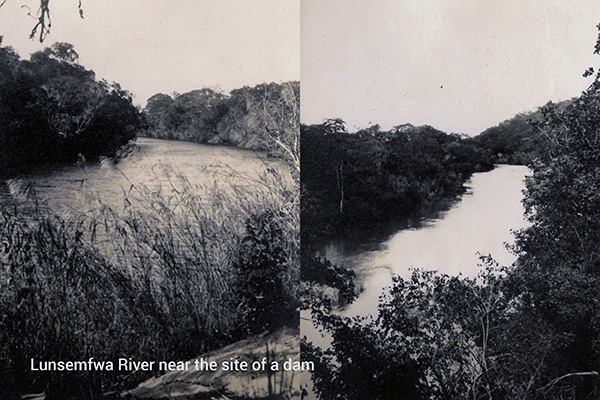
Watermeyer joined the company in 1931 as a pupil and became a partner six years later. With this new partnership arrangement, the company’s name changed to F. E. Kanthack and Partners. At the time, the principal areas of expertise of the company were in water resources, natural draught cooling towers, thermal power stations, and hydroelectric power stations in Southern Africa. However, they were also experts in reinforced-concrete building structures and responsible for the giant Vierendeel truss of the Escom House (Van Eck Building), which spanned 60 feet to support thirteen upper floors. At the time it was built, in 1937, the Escom House was one of the highest modern buildings on the African continent.
Watermeyer remarked of some of Dr. Kanthack’s most striking and forceful qualities as: “his immense energy and endurance in the field and office, his long experience in the design and construction of dams, canals, regulating works and pipelines, his complete confidence in his own independent judgement, his common sense approach to all his work, his power of expression and knowledge of his fellow man in all walks of life gathered during the course of active public service in India and in South Africa.”
When Dr. Kanthack stepped aside from his role of running the company, it was Watermeyer who assumed the role. He was faced with the challenge of post-war staffing problems and the expansion of municipal and Escom thermal power stations in South Africa.
G. H. H. (Hugh) Legge joined the company in 1946 and became a partner three years later in charge of water projects. He strengthened their expertise in structural design and power station construction.
D. D. A. (David) Piésold became a partner in Salisbury (now Harare) in 1952 with special responsibilities serving the mining industry, thermal power station engineering, and water resource development for the newly established Central African Federation (Southern Rhodesia, Northern Rhodesia, and Nyasaland). Projects in Central Africa included hydroelectric developments at Victoria Falls on the Zambezi River and at Nkula Falls on the Shire River, the outflow from Lake Malawi.
Dr. H. L. B. (Hans) Uhlmann joined the partnership in 1957 with special expertise in the structural and thermo-dynamic design of natural draught cooling towers.
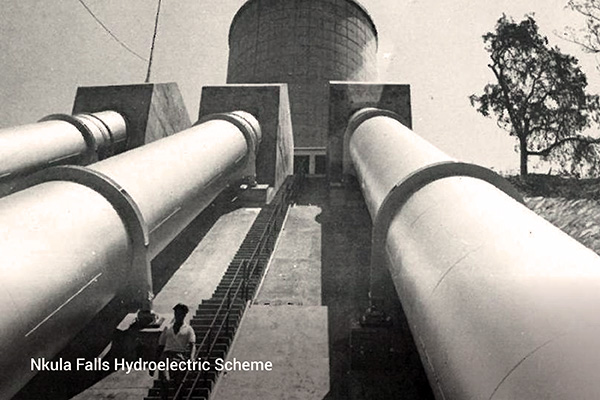
Dr. Kanthack remained active in the company until he retired in 1958, at the age of 86. He passed away three years later on September 12, 1961, leaving behind his mark on Southern Africa, and a legacy that would grow to become Knight Piésold. Dr. Kanthack’s dedication to technical excellence and in fostering client relationships has continued to structure the company’s vision throughout the years and still shapes the company today.
In 1964, the company changed its name to Watermeyer, Legge, Piésold and Uhlmann (WLPU), to reflect the then partners as they looked towards the future of the 1960s and beyond.
